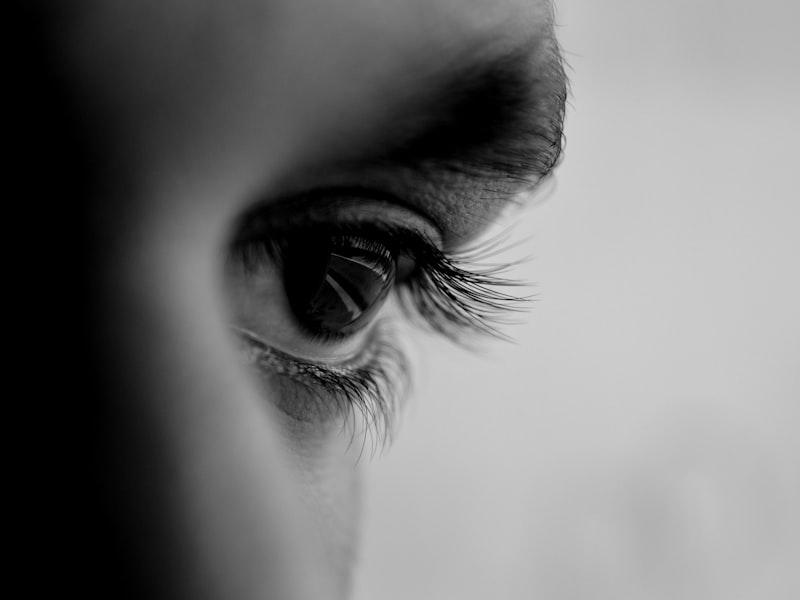Nurturing Innovation: Understanding the Factors Behind Creative Thinking Can Be Fun For Anyone

From brain health to Brushstroke: Looking into the Science behind Artistic Phrase
Fine art has been an essential component of human society for 1000s of years. From cavern art work to Renaissance showpieces, artistic expression has mesmerized target markets and provided as a means of communication and self-expression. But have you ever questioned what goes on in the thoughts of an performer? How do they transform their thought and feelings and emotional states in to brushstrokes on a canvass? In recent years, experts have started to explore into the intriguing world of fine art and explore the scientific research behind artistic articulation.
One location of analysis that has obtained substantial interest is the study of mind task in the course of artistic creation. Making use of techniques such as useful magnetic resonance image resolution (fMRI), researchers have been able to take a look at which places of the human brain are triggered when individuals interact in artistic tasks. This has supplied important knowledge in to how our minds process and create imaginative ideas.
One study administered at Stanford University found that when artists develop fine art, their human brains display improved activity in the prefrontal pallium, which is liable for higher-order intellectual functions such as decision-making, problem-solving, and self-expression. This proposes that performers may depend intensely on these cognitive processes when equating their notions and emotional states into graphic form.
Moreover, scientists have found that different kinds of imaginative expression may switch on distinct nerve organs networks within the brain. For instance, a research posted in Frontiers in Human Neuroscience discovered that songs make-up turns on different brain regions reviewed to visual fine art production. This recommends that different art types might involve special cognitive methods, highlighting the varied attributes of creative articulation.

Yet another element scientists are intrigued in discovering is how emotional states determine creative development. Emotions participate in a essential function in forming our take ins and beliefs, consisting of those related to craft. A research conducted at Johns Hopkins University illustrated that when individuals were shown mentally asked for pictures while producing art pieces, their creations exhibited a lot more rigorous psychological material reviewed to those who were not subjected to psychological stimuli. These results recommend that emotions may greatly influence an musician's creative outcome, determining the mood and content of their job.
In add-on to examining human brain task and emotions, researchers have additionally checked out the duty of experience in creative articulation. It is largely recognized that technique and experience are crucial for establishing imaginative skill-sets. Having said that, scientists have found to discover how know-how manifests in the mind. A research released in NeuroImage located that very skillful performers displayed raised connection between brain locations included in aesthetic perception, attention, and motor command. This suggests that substantial instruction can lead to enhanced coordination between these places, making it possible for artists to implement their artistic eyesight along with better preciseness.
The scientific research behind imaginative expression is not limited to understanding the interior workings of the musician's mind; it additionally prolongs to the audience's understanding and analysis of art. Researchers have discovered how people react to various forms of art and why certain artworks elicit strong mental responses. Utilizing techniques such as eye-tracking innovation, scientists have been able to study where folks concentrate their attention when seeing art work. This investigation has shown that audiences often tend to devote more opportunity looking at places of high visual complication or points of passion within a item. These searchings for aid us understand how artists can successfully help our look and stir up details emotional states through their option of structure and topic matter.
Moreover, researches have exposed that cultural background and personal encounters shape our analysis of craft. A research carried out at New York University located that people coming from various societies display unique nerve organs actions when viewing theoretical art work. This advises that our cultural instruction effect how we view and appreciate art.
In verdict, the scientific research behind creative articulation is a swiftly expanding field that supplies important knowledge into how our brains refine and produce art. Via researching brain activity, emotional states, knowledge, audience viewpoint, and social influences, experts are unraveling the enigmas responsible for what produces craft thus engaging and effective. By understanding these underlying systems, we can get a deeper recognition for artistic phrase while also dropping lighting on vital aspects of individual cognition and ingenuity.
